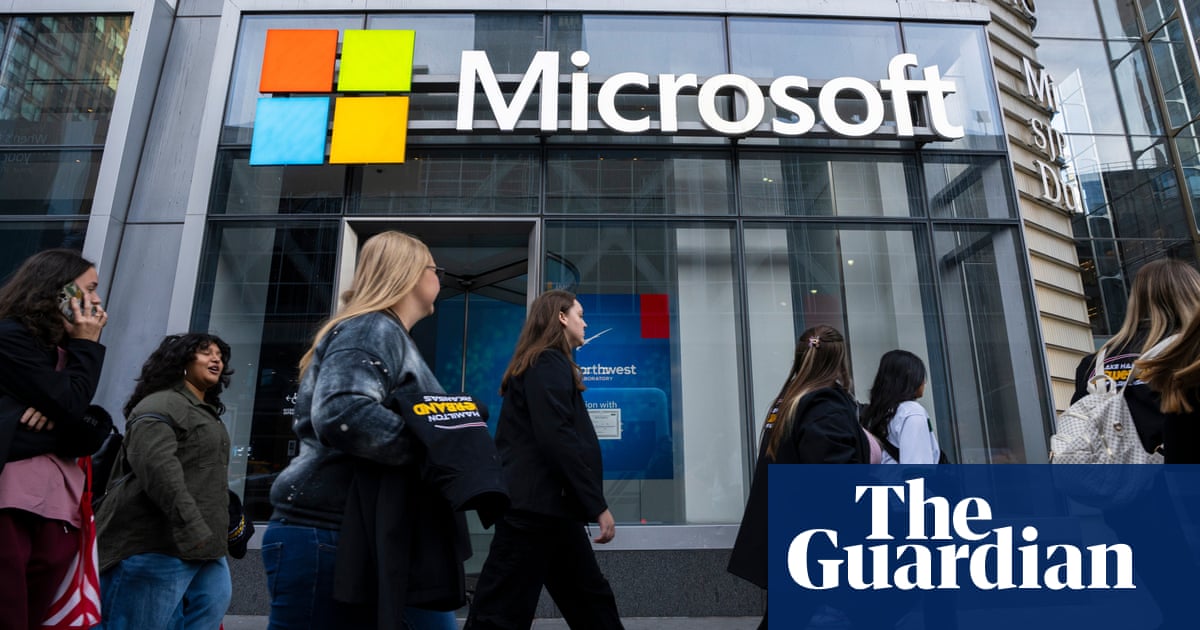The recent announcement by Microsoft regarding the layoff of 6,000 workers, despite a series of profitable quarters, raises significant questions about the company's strategies and the overall state of the tech industry. This decision, which represents about 3% of its workforce, reflects broader trends in the technology sector, where companies are reevaluating their staffing levels post-pandemic.
Impact on Employee Morale and Public Perception
The layoffs are likely to affect employee morale across the organization. By reducing management layers, Microsoft aims to streamline operations; however, this could create uncertainty and anxiety among remaining employees. Public perception may also shift, as stakeholders might question the stability of a company that continues to make cuts despite strong financial performance.
Underlying Motivations
While Microsoft claims that the layoffs are part of necessary organizational changes to adapt to a dynamic marketplace, one could argue that there may be underlying motivations aimed at maximizing profits further. This could be seen as a move to appease investors by showing a commitment to cost-cutting measures, even when the company is performing well financially.
Information Omission
The article does not delve into what specific factors prompted these layoffs in a profitable environment, leaving room for speculation about the company's future direction or potential vulnerabilities that may not be disclosed to the public. This lack of transparency could lead to mistrust among employees and investors alike.
Comparative Context
When compared to other tech companies that have also undertaken layoffs, Microsoft's decision aligns with a broader trend of restructuring in the industry. This context might suggest that such decisions are becoming normalized, potentially leading to a more volatile job market within technology sectors.
Broader Economic Implications
The layoffs could have ripple effects on the economy, particularly in areas heavily reliant on tech jobs. If other companies follow suit, this could lead to higher unemployment rates in the sector, further impacting consumer spending and economic growth.
Target Audience and Support
The news may resonate more with investors and market analysts who prioritize financial metrics over workforce stability. It could also appeal to a certain demographic of the public that views cost-cutting as a positive business strategy, despite its human costs.
Market Reactions
This announcement may influence stock market reactions, particularly concerning shares of Microsoft and other tech companies. Investors may scrutinize Microsoft's ability to balance profitability with employee welfare, which could impact stock performance.
Geopolitical Considerations
In terms of global power dynamics, the tech industry plays a crucial role. Layoffs at a major player like Microsoft could signal instability in the tech sector, which is intertwined with national economic interests and technological leadership.
Use of AI in Reporting
There is a possibility that AI was used in crafting this report, particularly in data analysis or summarization. The structured approach and factual presentation suggest a methodical compilation of information, which could benefit from AI-assisted tools.
The language used in the article appears neutral but could be interpreted as manipulative if the focus on profitability overshadows the human impact of layoffs. The framing of the layoffs as necessary for success in a dynamic marketplace could distract from the emotional and economic ramifications for affected workers.
In conclusion, while the article presents factual information, it may evoke mixed feelings among various stakeholders. The overall reliability of the news hinges on the balance it strikes between presenting corporate actions and acknowledging their broader implications.
